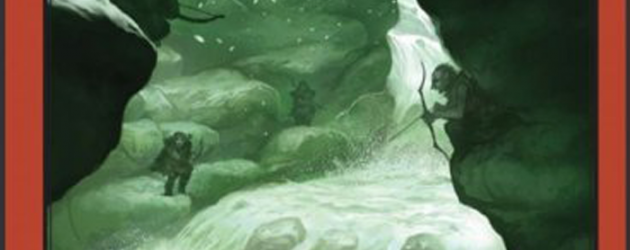If you're enjoying the content here, check out our new site, Thoughtcrime Games. Thanks for visiting!
If you're new here, you may want to subscribe to my RSS feed. Thanks for visiting!
At-Will doesn’t do reviews. The team has discussed it and generally what we want to do is design and develop the best material for your games. We want to make cursed items and zodiac powers and character concepts; We want to optimize your characters and tweak your solos.
When a great book about RPG game design presents itself, it is time for us to practice exception-based design with our own rules. The book forcing the violation is Kobold Quarterly’s Guide to Game Design, Vol. 3 : Tools and Techniques.
If you read this site regularly, I can tell you a few things about yourself. You like 4e D&D , but more specifically, you like to expand your game; You enjoying tweaking and adding rules until they conform to your vision. You like to design games, either as a rookie, a pro, or the blurred line in between. “Tools and Techniques” will be the perfect book for you, providing equal parts inspiration and guidance to your adventures in game design.
Any good book on creative arts starts by posing strong questions, which it then spends the rest of its pages answering those questions with elegance and clarity. And so Wolfgang begins in the first chapter:
“When we sit down as game designers and think about the work we do, there are a few things going on. We are imagining a particular audience with a particular set of expectations, from the reading level required to the style of game we’re considering. We think about commercial elements and audience appeal: What will draw players in? And we think about immersion and replay value: What victory conditions or encounter descriptions are most compelling?
The rest of the book sets about addressing these matter with strength, passion, and humor. Whether it is Monte Cook sorting out fictions and non-fictions of game balance, Rob Heinsoo pulling back the curtain of 4th edition D&D’s design, or Ed Greenwood discussing plot, the attitudes and techniques used to successfully create games are captured here.
The authors avoid looking down from on high, though all are accomplished; the tone of the book is more of a sit-down, designer to designer chat. It’s impossible to get through the book and not feel energized to design something.
In short, buy this book! It’s the type of book that fits snugly and perfectly into your designer toolbox as if it always had a place there. It’s a purchase you won’t regret.
It is available as a PDF now and available in print on June 18.


Sounds awesome.
I bought this book last week and it fits nicely next to the first two volumes in the series.
Thanks for writing this review. I have the same thoughts about this book, in short: useful, insightful, head-on designer goodness, a superb piece or work and highly recommended purchase.
Cheers,
DMSamuel
Thanks!
I really loved the book, so really want people to grab this one and then grab the others in the series. Any favorite chapters?